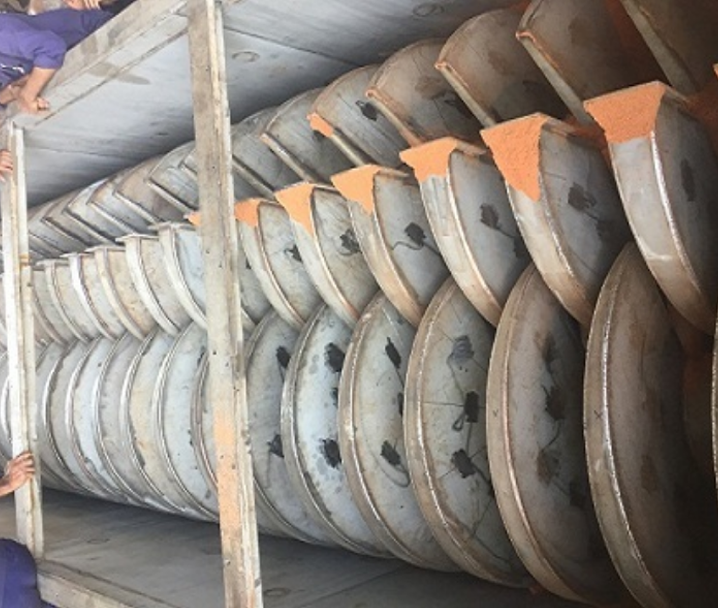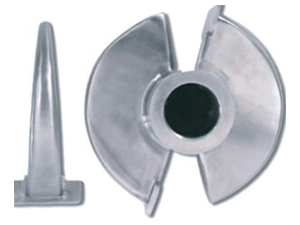What is a Paddle Dryer?
A Paddle Dryer is a type of indirect conduction heating device, ideal for drying materials that have good thermal stability, such as paste, powder, and granules. This dryer operates by utilizing rotating paddles or blades that are heated externally while they are in contact with the sludge solids. There are normally either two or four sets of blades that rotate together to continuously cut into and stir the sludge solid lumps into smaller particles to continuously replenish the drying surface. The rotating paddles in Paddle Dryers provide enough agitation to prevent the formation of sticky sludge, allowing the dryers to operate without the need for back-mixing.
After special configuration, Paddle Dryer can be used for processing heat-sensitive materials, materials that need recover solvents during the drying process, and materials that need to be dried under a rough vacuum. Paddle Dryers are utilized globally for various processes such as indirect drying, heating, cooling, pasteurization, crystallizing, and reacting of materials in the form of pastes, cakes, powders, and granules. A paddle dryer is versatile and can be utilized not only for drying but also for cooling powder and granular materials.
Process Description / Principal Functionality of Paddle Dryer
In the jacket shell body of the paddle dryer, there are two parallel shafts that have interleaved paddles. Each shaft in a Paddle Dryer has multiple fan-shaped paddles that are hollow and interleave with a specific spacing.
Thermosag Paddle Dryer and Cooler is an indirect heat transfer device that adds or removes heat from a process mass. It is mechanically agitated and equipped with dual counter-rotating shafts with intermeshing wedge-shaped paddles for efficient mixing, uniform heat transfer, high heat transfer rate, and a self-cleaning effect. It is designed to have high torque capabilities to increase process flexibility, ensuring continued operation during upset conditions.
The paddles on the shafts rotate at a low speed and can be divided into two types: the feed shear plane and return shear plane. A heating medium is introduced through a universal revolving joint into the hollow rotary shafts and paddles, and the material is continuously fed into the equipment. It is then agitated and mixed near the paddles for heat transfer and drying before being discharged through the revolving joint. As the material is gradually dried, the overflow weir height can be adjusted to vary the residence time. During the process, the paddle and jacket facilitate heat conduction for drying, and any steam produced is discharged through the escape hole with minimal air. The indirect heating mechanism of the Thermosag Dryer also results in minimal off-gas emissions, and it can be easily inerted with nitrogen when required.
Typically no external sweep gas is required. In certain applications, a sweep gas is utilized to enhance the drying speed or to prevent condensation in the vapor outlet of a dryer. To avoid condensation, the cover of the dryer can also be equipped with heat tracing.
Thermosag Paddle Cooler offers indirect cooling in a controlled environment, and the formation of condensation is prevented by the use of sweep gas. The process and project engineers from Thermosag provide support and guidance at every stage of the project. Depending on your specific requirements, Thermosag can provide you with a dryer/cooler, or a complete system.



